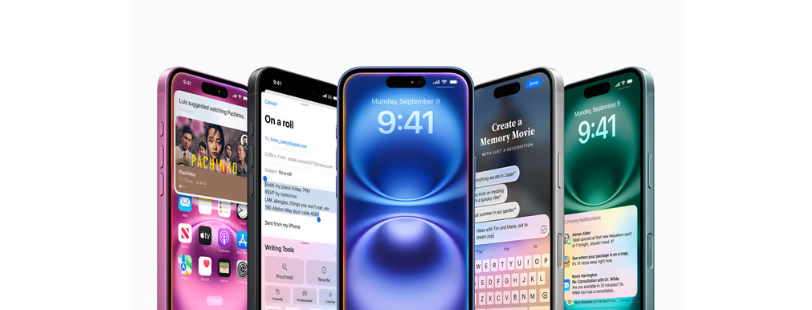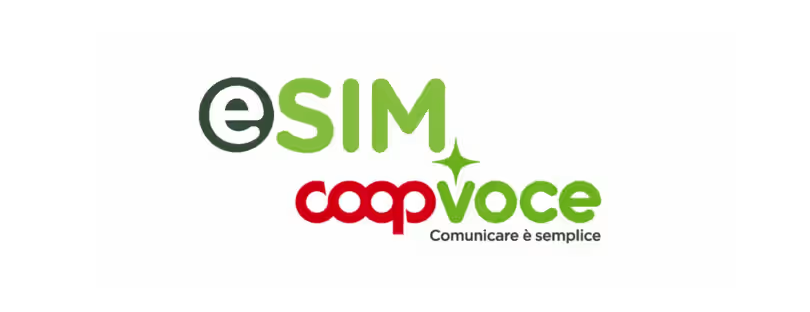
eSIM Everywhere? Physical Cards Still Available Outside The U.S. on iPhone 16
Apple recently announced its latest lineup of products, including the iPhone 16 series, Apple Watch Series 10, and AirPods 4. The company has been proactively making the eSIM card available expansively, and while doing so, it is working on eventually transitioning to this due to the added security it tends to offer. This stands true, especially in the U.S., where the devices come with support for eSIM, and there is no longer a need for a physical SIM card. Find out all about iPhone 16 eSIM solutions below.
With the iPhone 16 models finally being launched, we see that the lineup sold in other countries apart from the United States still comes with the SIM card tray.
The iPhone 16 lineup still features a physical SIM card tray for countries other than the U.S.
The iPhone 16 series was the center of attention at today’s big event, and while Apple introduced some key features and upgrades to its lineup, the hardware aspect and the details regarding it were also brought to attention.
Apple has long encouraged the adoption of eSIM, a digital SIM, and plans to eventually eliminate the need to use a physical SIM card for its iPhone models. The attempts are particularly active in the U.S., where the physical SIM was completely removed about two years ago, and customers moved towards the embedded SIM with the launch of the iPhone 14 series.
 A Global eSIM Transition?
A Global eSIM Transition?
However, in the specifications shared on Apple’s website, we can see the new iPhone 16 models still come to the nano-SIM cards in other countries it is sold in, such as Sweden, France, the UK, Italy, Spain, Canada, Germany, Netherlands, and many other countries other than the U.S.
While the physical tray is compatible with all iPhone models in various countries, many countries also seem to support dual-SIM functionality and eSIM. Apple provides a support document for carriers that have cellular plans supporting eSIM technology worldwide.
READ MORE: New iPhone? Keep Your Number and eSIM with This Quick Transfer Guide
The major reason for supporting digital SIM is that it is considered safer in the case of theft as it cannot be physically removed. It also allows the company to incorporate a more sleek design and make better use of the internal space now that the design has more space not being caught anymore for the SIM tray. The physical element being removed allows for better resistance against water.
Apple is working aggressively to move users to eSIM outside the U.S., but it may take some time to completely transition to a more advanced technology. For now, support for the SIM card tray is available on the iPhone 16 models sold outside the U.S.
Pricing and Availability
iPhone 16 and iPhone 16 Plus will be available in ultramarine, teal, pink, white, and black in 128GB, 256GB, and 512GB storage capacities. iPhone 16 starts at $799 (U.S.) or $33.29 (U.S.) per month, and iPhone 16 Plus starts at $899 (U.S.) or $37.45 (U.S.) per month.
iPhone 16 Pro and iPhone 16 Pro Max will be available in black titanium, natural titanium, white titanium, and desert titanium, in 128GB, 256GB, 512GB, and 1TB storage capacities. iPhone 16 Pro starts at $999 (U.S.) or $41.62 (U.S.) per month, and iPhone 16 Pro Max starts at $1,199 (U.S.) or $49.95 (U.S.) per month.





 A Global eSIM Transition?
A Global eSIM Transition?














